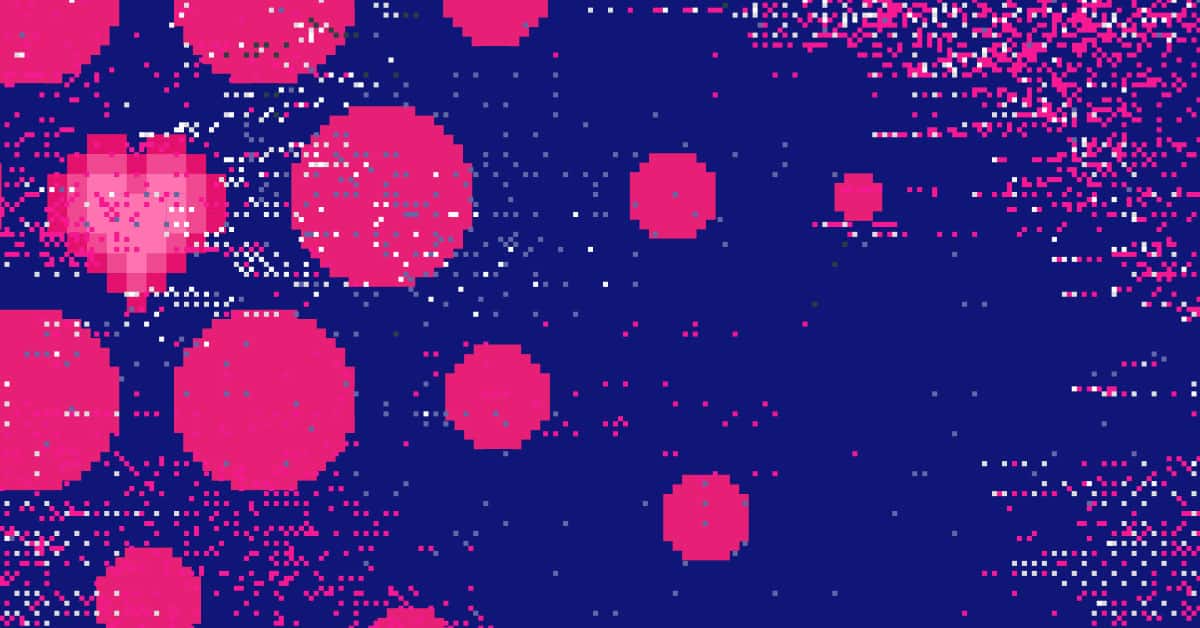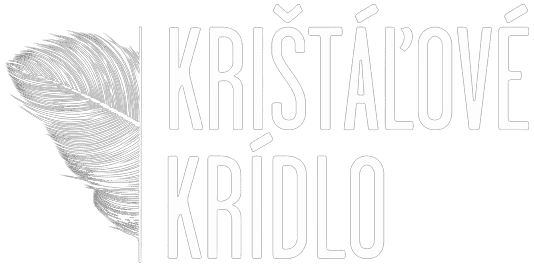It is no secret that here at Vacuumlabs we are enthusiasts about crypto in general, and the Cardano network in particular. We have been actively involved in developing the Yoroi wallet (which stores your Cardano currency, Ada), as well as our own AdaLite wallet. In this article, we’ll give you a breakdown of what we think makes Cardano interesting, unique and worth diving into deeper.
Cardano: The largest 3rd generation blockchain
Cardano is the 4th largest blockchain project by marketcap, and has gained a lot of ground over competitors in recent months, growing significantly faster than the crypto market on average.
The goal of Cardano is to create a general-purpose smart contracting platform that offers capabilities similar to Ethereum, but without being held back by Ethereum limitations. If Bitcoin represents the first generation blockchains (digital, decentralised money) and Ethereum represents the second generation of blockchains (decentralised contracts), then Cardano is a third generation blockchains. Third gen blockchains try to solve the biggest problems that Ethereum faces: scalability, better security, cross-chain interoperability, sustainability in their development, etcetera.
The first big difference here is that Cardano uses a proof-of-stake (PoS) consensus mechanism, rather than proof-of-work as both Bitcoin and Ethereum do at this moment. The Cardano consensus protocol is called Ouroboros. The protocol is formally verified, and preserves security guarantees that are comparable to PoW protocols. The clear benefit of proof-of-stake however means that much higher transaction throughput and computational capacity can be achieved without the enormous costs and energy consumption of proof-of-work mining.
Compared to Ethereum or Bitcoin, Cardano and other 3rd gen blockchains are thus able to offer much greater capabilities and computational capacity at a computational cost that is a fraction of these other networks, while still preserving similar security guarantees.
Let’s kick things off by having a look at possibly the greatest differentiator between Cardano and most other blockchains: the process that governs its R&D and development…
Scientific philosophy and peer-reviewed academic research
Before we jump into any one particular aspect of the Cardano protocol, it is warranted to take a moment to discuss the process through which code gets brought into production, because Cardano is taking an unusual approach here.
Cardano has made a name for itself based on its leaning towards a scientific philosophy that emphasizes peer-reviewed academic research and evidence-based development methods. This kind of process emphasizes quality of code and mathematical guarantees of security properties (so-called “formal verification”) over faster but more error-prone styles of research and development.
The result is a verifiably secure blockchain protocol, as well as a community of developers and academics that adhere to extremely high standards of quality and code security assurance.
Combined with the fact that Cardano is written in the functional programming language Haskell, it is relatively easy for Cardano to extend its core with additional capabilities while maintaining extremely strong security properties. Smart contracting capabilities should be released to mainnet in mid-2021, and the fact that its smart contracting language Plutus is also functional and based on Haskell, means that also on the contract level DApp developers will be able to formally verify their code. This helps avoid potentially disastrous security vulnerabilities, such as witnessed previous with the DAO or Parity exploits on the Ethereum network.
Cardano thus holds a strong position within academic and scientific circles, and has chosen a programming paradigm that enables formal verification of all key pieces of its blockchain infrastructure. The quality and security properties of its code base therefore provides a very strong foundation for anyone to work on.
Scalability
One cannot discuss the merits of a 3rd generation blockchain without talking about scalability, since scalability is the main limiting factor or the Bitcoin and Ethereum network.
Cardano will be composed of multiple layers. The foundational layer is the Ouroboros consensus protocol, and thanks to its proof-of-stake nature provides for a theoretical throughput at 257 TPS (transactions per second), which is an order of magnitude greater than Ethereum or Bitcoin currently enjoy.
Beyond the Ouroboros base layer however, Cardano is working on enabling a secondary layer called Ouroboros Hydra, which will allow a multitude of parallel state channels to exist, that only occasionally need to sync their state with the base layer consensus protocol. Through this approach thousands of state channels, or “Hydra heads”, can exist and each process up to about 1,000 TPS. When deployed in parallel, this configuration will allow for throughput of up to one million transactions per second. We expect the Hydra to be delivered around 2022.
While TPS is the most common measure of blockchain scalability, transaction throughput isn’t the only aspect that matters. Besides throughput, data storage must also be managed to keep a blockchain to a manageable size. For this, Cardano employs multiple strategies to reduce the amount of log data that each node needs to carry. Such strategies include pruning, subscriptions, compression, partitioning, sidechains and sharding.
Governance and sustainability
A final key aspect of a successful blockchain is its sustainability and governance model, to adapt to changing requirements or technological advancements over time. The ideal blockchain provides a path for efficient decentralised decision-making, as well as a reliable way for the community to fund further innovation and development.
To achieve this, Cardano has a roadmap for enabling on-chain governance as well as on-chain treasury allocation. A small piece of the block rewards are paid automatically into a Cardano treasure smart contract, and therefore continuously fund the Cardano treasury in proportion to the activity on the Cardana network. People with a stake in Cardano will be able to cast votes through the “Voltaire” on-chain governance network, and decide where funds should be allocated. In that way, Cardano follows it the footsteps of DASH and the likes, by providing an on-chain governance model. The first steps in this direction are already visible, with Project Catalyst – the first public fund for Cardano community innovation.
Besides this roadmap, our experience has been that Cardano is currently governed by a very strong leadership alongside active teams of academics, researchers and developers. Charles Hoskinson, the founder of Cardano, was one of the original founders of Ethereum along with Vitalik Buterin, and has a very strong track record in the industry. The Cardano community is well-connected with the Haskell community, and thus has access to excellent development resources. For all these reasons, the way that Cardano is being led and governed is certainly amongst its strong points, and partially explains the market valuation of the network.
In conclusion
Cardano stands out favourably amongst its peers for a couple of compelling reasons, and we believe that it is well-positioned to play a leading role in the crypto market in the years to come. The elements that we find most appealing about Cardano are:
- Proof-of-stake
Cardano is the largest blockchain project based on a proof-of-stake consensus algorithm. PoS offers significant advantages over PoW in many aspects, and is most likely the way to go for major blockchain implementations. - Rigorous R&D process
Cardano stands apart for its diligent process, scientific philosophy and peer-reviewed academic research standards. All this leads to an extremely high quality codebase. - Contract and protocol security through formal verification
All main components of the Cardano blockchain are formally verified, leading to high security at the protocol level. The contracting language Plutus will similarly allow developers to write high assurance smart contract code with relative ease. - Clear roadmap to solve scalability
Through RINA and Ouroboros Hydra, Cardano will be able to offer scalability at a level far above Ethereum or Bitcoin, to enable large scale real-world use cases across a variety of industries. - Strong roadmap for governance and sustainable development
Cardano takes the sustainability of its protocol seriously, and via an on-chain treasury plans to enable and fund further development in a decentralised fashion. There is a clear way to fund further development in the future. - Proven team, high level of market capitalisation and decentralisation
Last but not least, Cardano is run by an experienced team, has strong financial backing and enjoys a high level of decentralisation and protocol security.
Curious about Cardano and its developer ecosystem? Curious to play a role in developing the next generation applications on top of these new blockchains? Vacuumlabs is a recognized development house in the Cardano community, and we are always looking for experienced developers to strengthen our teams.
If you want to learn more about Cardano, listen to Banking on Air podcast with Nicolas Arqueros, CTO of EMURGO:











